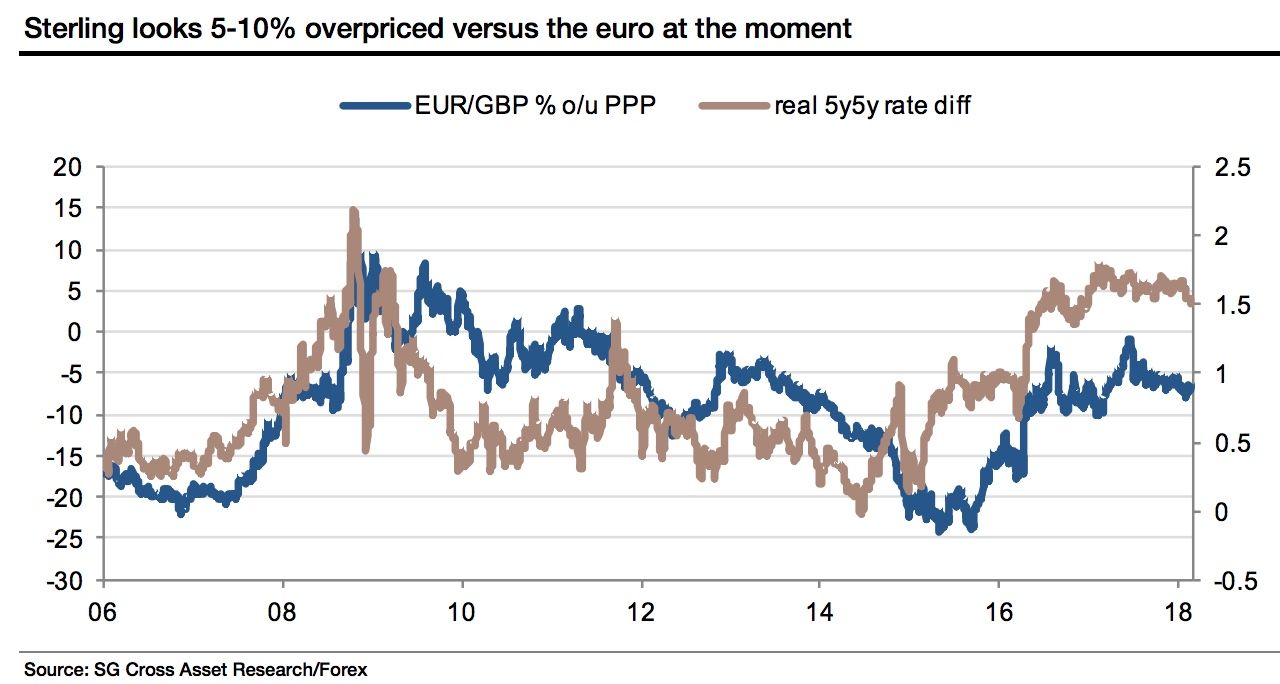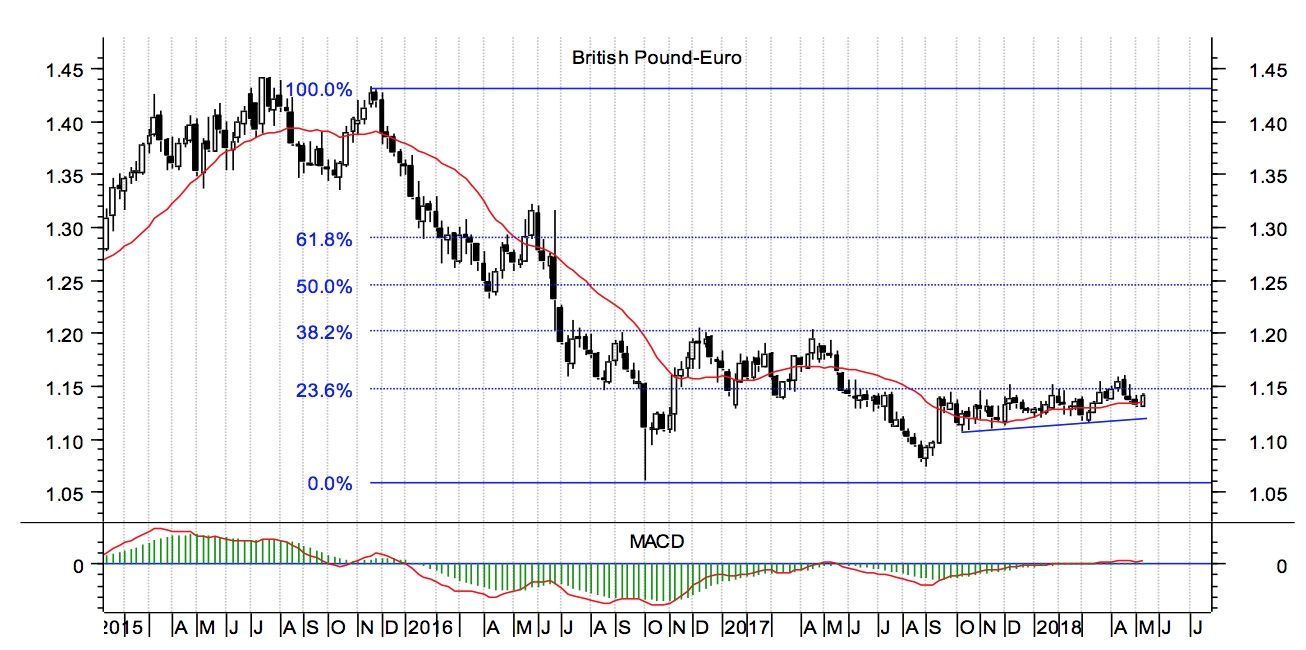Pound Sterling / Euro Parity "isn’t Impossible" says City of London FX Veteran
- Société Générale analyst says fair value for Sterling lies between 1.11-1.00
- Technical specialist Bill McNamara sees short-term weakness in play post-Bank of England
- Pound-to-Euro exchange rate quoted at 1.1349 at time of writing

© IRStone, Adobe Stock
One of the City of London's most noted foreign exchange analysts has once again raised the spectre of the Pound and Euro equalising in value over the long-term.
Kit Juckes of banking multi-national Société Générale raises the prospects of a fall to parity as Sterling's recent poor run is exacerbated by the latest policy decision event at the Bank of England.
The Bank of England's May policy event saw policy-makers once again hold of raising interest rates, depriving Sterling of much needed support and prompting it to fall back below 1.14.
Forecasts contained in the Bank's Inflation Report meanwhile show downgrades to both economic growth forecasts and inflation forecasts which suggests to currency markets that economic data will have to show notable improvements over coming months in order for the Bank of England to start considering raising interest rates once more.
"The BoE suggests that it wants to get rates higher in time, but its data-dependence has caused market expectations to lurch from one high-frequency data point to the next," says Juckes, who has been involved in institutional finance since 1985.
However, Juckes wants to look through the near-term gyrations in the exchange rate; and the bigger picture is one that suggests the Pound will ultimately move substantially lower against its cross-channel partner.
"We may be meandering directionless for now, but looking at UK and European rates relative to the EUR/GBP PPP fair value rate does suggest that in due course, Sterling/Euro parity isn’t impossible," adds the analyst.
PPP refers to Purchasing Power Parity - the concept that the exchange rate will ultimately move in such a direction as to ensure the prices between two different countries with two different currencies ultimately equalise.
"For many years, one of the main quips about forecasting foreign exchange rates was that the best way to do it was to forecast a random walk. For developed economies in the low inflation era, that’s a bit unfair, at least insofar as a model based on mean-reversion to purchasing power parity (PPP) can outperform. Which is to say that PPP does matter, a bit," says Juckes.
Juckes' analysis is, quite technical and readers who want to look beyond the message to the finer details would do well to spend a little time reading up on how the difference in bond yields between two countries exert pressure on exchange rates.
"It’s useful to compare sterling value relative to PPP, with the real rate differential," says Juckes, referencing the difference in yields between Germany and the UK.
The analyst says the EUR/GBP PPP has trended slowly higher over the last decade, which has anchored the EUR/GBP relative to ‘fair value’, while the real differential has risen in favour of the Euro.
"On this basis, the relative rate differential would seem to support a degree of GBP ‘cheapness’ that was seen in 2009. That, in turn, suggests a nominal EUR/GBP rate 5-10% above current levels," says Juckes.
The Soc Gen analyst cautions the exchange rate won’t get there quickly; "I will be frustrated by short-term gyrations and such a move does require the
European data to improve, but the EUR/GBP is likely to spend most of the next 5 years or so in a 0.90-1.00 range," says Juckes.
0.90-1.00 in EUR/GBP corresponds to 1.11-1.0 in GBP/EUR.
Advertisement
Get up to 5% more foreign exchange by using a specialist provider to get closer to the real market rate and avoid the gaping spreads charged by your bank when providing currency. Learn more here.
Short-Term Downtrend intact for Now
While Juckes has a longer-term view of Sterling that suggests downside against the Euro, the short-term certainly has also gone against those hoping for a stronger Pound.
The Sterling-Euro exchange rate recently traded up to an eleven-month high of €1.159 but soon reverted to its previous trading range, the top of which is defined by resistance at around 1.15.
Technical analyst Bill McNamara who heads up The Technical Trader services says the weekly chart shows that, broadly speaking, this pair has been conforming to levels that were created following the decline from the 2105 highs:
"The 2016/17 peaks at 1.20 represented a 38.2% retracement of the decline while resistance at the lower 1.15 level neatly matches the 23.6% retracement point," says McNamara.
"Looked at another way, although there’s no clear downtrend line the fact that sterling is making lower highs strongly suggests that the bears remain in control for now," says the analyst.
Advertisement
Get up to 5% more foreign exchange by using a specialist provider to get closer to the real market rate and avoid the gaping spreads charged by your bank when providing currency. Learn more here.






